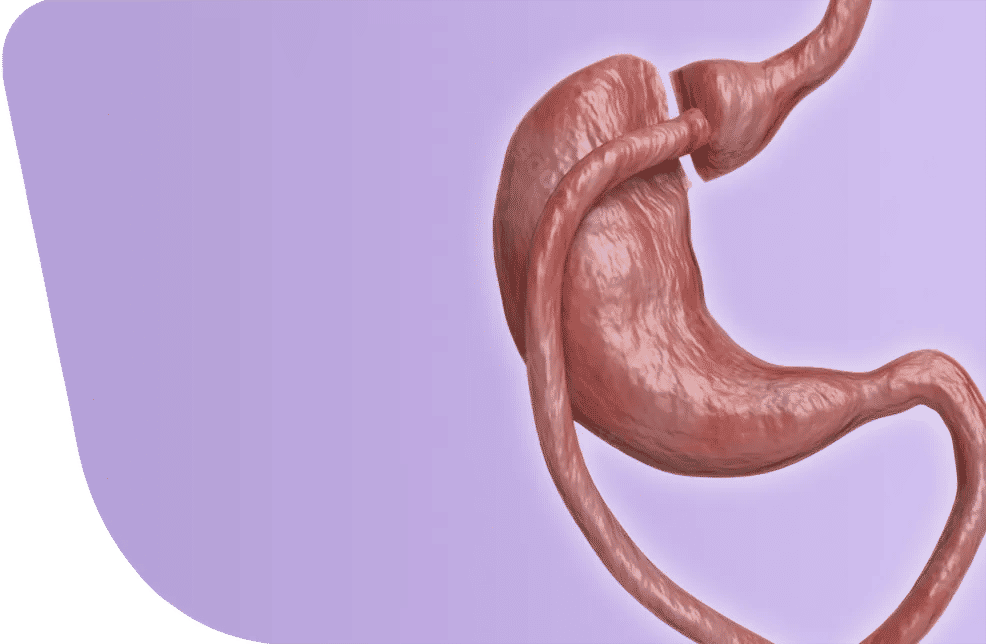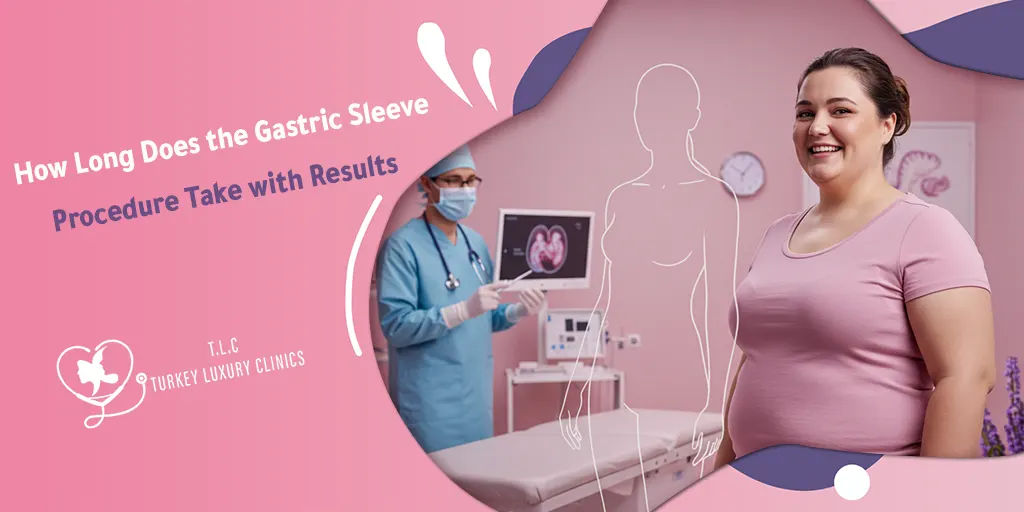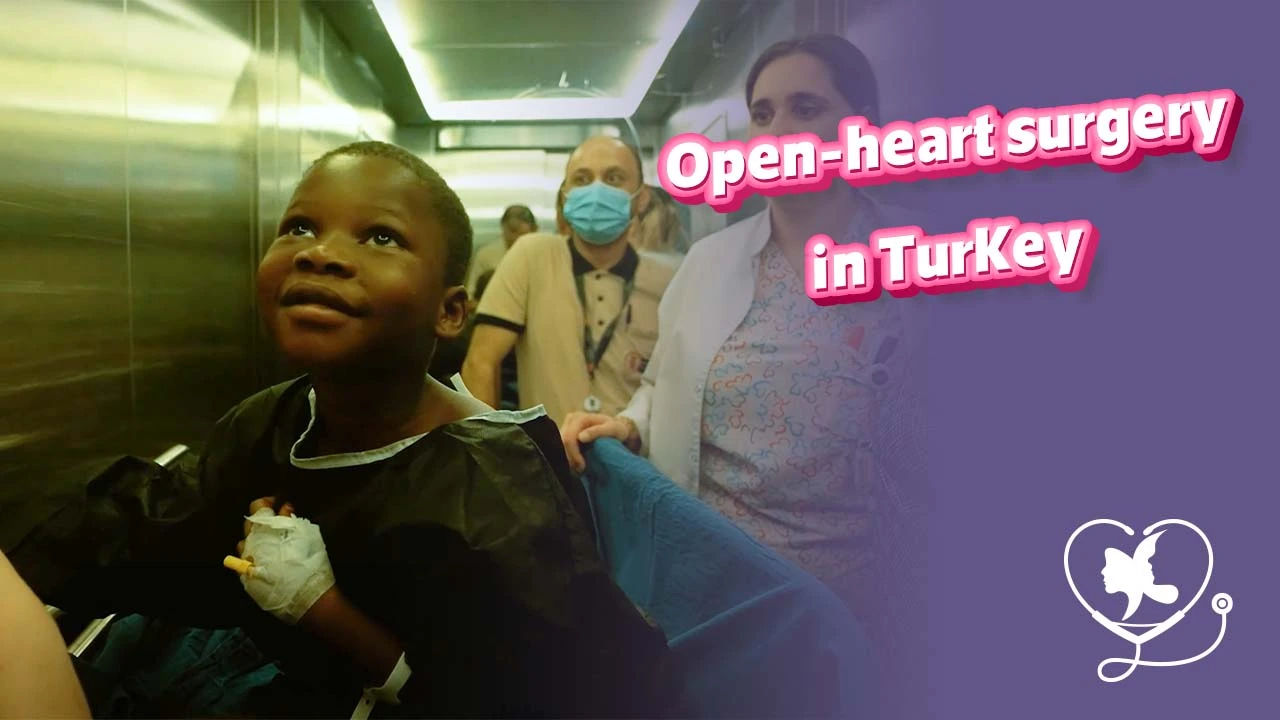- - Gastric Sleeve Before and After Pictures Skin
- - What Causes Loose Skin After Gastric Sleeve?
- - Gastric Sleeve Before and After Skin Men
- - Loose skin gastric sleeve before and after 3 months
- - Pannus Excess Skin Gastric Sleeve Before and After Skin
- - Gastric sleeve gastric bypass before and after pictures skin
- - Scars Gastric Sleeve Before and After Skin
- - Gastric Sleeve Before and After Loose Skin Associated Problems
- - Gastric Sleeve Before and After Skin Removal in Turkey
- - FAQs About Gastric Sleeve Before and After Skin
Gastric sleeve before and after skin changes are among the most discussed aspects of bariatric surgery. While this procedure is highly effective in reducing weight and improving health, it often leads to a new challenge—loose or sagging skin.
Although loose skin can be challenging, most people successfully complete their journey by addressing it with a range of effective solutions available today.
At Turkey Luxury Clinics, we provide insights into gastric sleeve before and after skin outcomes, and offer tailored solutions for those seeking to address excess skin and complete their transformation.
Gastric Sleeve Before and After Pictures Skin
The following photos show how excess skin may appear in different body areas—such as the abdomen, arms, thighs, and face—after gastric sleeve surgery and significant weight loss.
What Causes Loose Skin After Gastric Sleeve?
Loose skin after weight loss typically results from the skin being stretched during weight gain and then struggling to return to its original shape following a rapid or substantial reduction in body size.
As the body stores excess fat, the skin stretches, which can damage or weaken the collagen and elastin fibers in the dermis—the layer responsible for maintaining firmness and elasticity.
If the body carries extra weight for an extended period, the skin’s ability to bounce back naturally declines over time.
Several factors influence how much loose skin you’ll have after weight loss, including your age, genetics, how much weight you lose, the speed of your weight loss, and how long you were overweight.
Read about Gastric Sleeve 10 Years Later: What Will Your Life Look Like
Woman Gastric Sleeve Before and After Skin Changes
When it comes to gastric sleeve skin before and after changes, many women experience noticeable skin sagging in areas like the abdomen, arms, and thighs—after losing a significant amount of weight. This is largely due to the skin's reduced elasticity after years of stretching from excess fat.
In some cases, this results in pannus excess skin—a flap of loose skin that hangs over the beltline or thighs.
The extent of sagging varies depending on several factors, including age, genetics, how much weight was lost, and the speed of weight loss which make the appearance and extent of such loose skin not identical for every patient. They often require personalized solutions to manage both appearance and comfort.
Gastric Sleeve Before and After Skin Men
In men, sleeve gastrectomy often leads to loose or excess skin, particularly after major weight loss. The likelihood of developing sagging skin depends on several factors, including age, genetics, starting weight, and how much weight is lost.
Additionally, fat distribution plays a role—men who carry more abdominal fat are more prone to develop sagging in the stomach area, chest, and arms.
While some degree of skin laxity is expected, it can often be improved through lifestyle changes such as strength training, a balanced diet, and skin care. In cases where loose skin causes discomfort or affects appearance, cosmetic procedures like body contouring may be considered.
Loose skin gastric sleeve before and after 3 months
Noticeable weight loss after gastric sleeve surgery typically begins around three months post-operation—and this is often when loose skin starts to become visible.
This is a common concern for patients who lose a large amount of weight in a short time, as the skin can’t adapt quickly and doesn’t always shrink back at the same rate as fat loss.
Early care during recovery—such as proper skincare, good nutrition, and professional treatments—can help manage sagging skin and prevent it from worsening.
Pannus Excess Skin Gastric Sleeve Before and After Skin
In many gastric sleeve before and after skin transformations, patients notice dramatic changes in body shape, but also areas of loose or hanging skin—especially in the abdomen, thighs, arms, and face.
One of the most frequent issues seen in gastric sleeve before and after skin cases is pannus excess skin—an overhanging fold in the lower abdomen caused by rapid fat loss.
This sagging skin, often referred to as apron belly, can lead to physical discomfort, hygiene challenges, frequent rashes, and limitations in daily movement or clothing choices.
For many patients, this condition goes beyond cosmetic concern and becomes a quality-of-life issue.
The good news is that pannus or apron excess skin after gastric sleeve surgery can be effectively treated through panniculectomy—a surgical procedure designed to remove the excess hanging tissue. This body-contouring surgery has become increasingly popular among post-bariatric patients, offering relief from discomfort and restoring confidence in their body image.
Gastric sleeve gastric bypass before and after pictures skin
Gastric sleeve gastric bypass before and after pictures skin often show a similar pattern of loose or sagging skin as seen with other weight loss surgeries, especially in bariatric procedures. While both gastric sleeve and gastric bypass lead to rapid weight loss, the before and after gastric sleeve loose skin changes are usually milder than those seen after bypass. This is partly because sleeve gastrectomy gastric sleeve before and after skin cases involve more gradual fat loss, allowing the skin more time to adjust.
In fact, bariatric surgery gastric sleeve before and after skin changes show that patients who undergo sleeve procedures tend to experience less dramatic sagging, thanks to slower weight loss and better nutrient absorption.
In contrast, bariatric surgery patients who choose gastric bypass often undergo faster and more extreme transformations—especially during the first 3 to 9 months. This makes gastric sleeve before and after loose skin photos noticeably different compared to gastric bypass, where the skin sagging can be more severe.
Read more about difference between these two procedures in Gastric Sleeve vs Gastric Bypass: Which One is Better for You
Scars Gastric Sleeve Before and After Skin
Gastric sleeve surgery does leave scars, but thanks to the minimally invasive laparoscopic gastric sleeve technique, they’re usually small and discreet. In the early weeks, these scars may look red, slightly swollen, or raised—this is a normal part of the healing process.
Over time, typically within 6 to 12 months, the scars begin to flatten and fade in color. Good wound care is essential during this phase: keeping incisions clean and dry, avoiding direct sun exposure, and using scar-reducing treatments (like silicone sheets or healing creams) can all help minimize their appearance and support smoother healing.
Gastric Sleeve Before and After Loose Skin Associated Problems
Actually, the loose, excess and skin sagging after gastric sleeve weight loss isn’t just a cosmetic issue, it goes beyond to cause a wide range of significant physical and emotional challenges.
Many patients experience discomfort, skin irritation—especially in areas like the pannus or skin folds—difficulty finding well-fitting clothes, and growing concerns about their body image.
These problems often appear in the gastric sleeve before and after the loose skin phase, once the rapid weight loss has stabilized and the skin has not fully adjusted to the new body shape.
To dive deeper into the physical and emotional effects of the surgery, check out our detailed article: What They Don’t Tell You About Gastric Sleeve.
Gastric Sleeve Before and After Skin Removal in Turkey
Excess skin removal after gastric sleeve—often called body contouring surgery—offers a permanent and effective solution for sagging skin. This procedure involves surgically excising the loose skin, leaving behind only minimal, removable scars at the incision sites.
Techniques such as panniculectomy (to remove apron belly) or abdominoplasty (tummy tuck) are commonly performed to enhance physical comfort, improve body mobility, and restore a smoother appearance. For many patients, removing the excess skin is not only about aesthetics—it also plays a major role in their psychological healing and overall satisfaction after massive weight loss.
Turkey stands out for its skilled plastic surgeons, modern hospitals, and affordable prices. Patients get high-quality care, fast scheduling, and excellent results—all for much less than in the UK or Gulf countries.
Need expert care and proven results?
Turkey Luxury Clinics connects you with trusted specialists for your complete transformation.
Book your free consultation today and take the next confident step.












.webp)
.webp)
.webp)
.webp)

